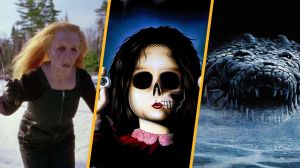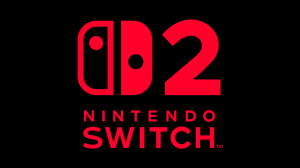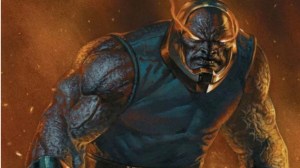Ron Underwood’s Tremors may have flopped at the box office back in 1990, but it still managed to kick off a franchise that ran for 30 years. And, one assumes, it’s not done yet. The reason for this comes down to several factors. As time has gone on, the original Tremors has become less of a money-loser and more of a money-maker. It stands as one of the definitive examples of how a film of that particular time could underperform on the big screen and then make an absolute killing on VHS. Tremors was also a movie that played practically every day on cable. And, thanks to it being one of the best genre-blenders on the planet, those who caught it on VHS or cable grew to love it fairly swiftly.
Videos by ComicBook.com
Tremors has many appeals. The small-town vibe feels organic, the pacing is razor-sharp, the chemistry between Kevin Bacon and the late Fred Ward is sterling, Family Ties‘ Michael Gross steals his scenes as Burt Gummer (the one character to appear in all seven films), and the monster terrorizing the town of Perfection, Nevada is genuinely creative in its design. The Graboid is one of the most inventive movie monsters in film history. It actually managed to take the concept of Jaws on land and make it work. But just because the Graboid is scary the first time doesn’t mean it’s scary every time. So, is the original film the scariest? It’s definitely the best.
7) Tremors 5: Bloodlines
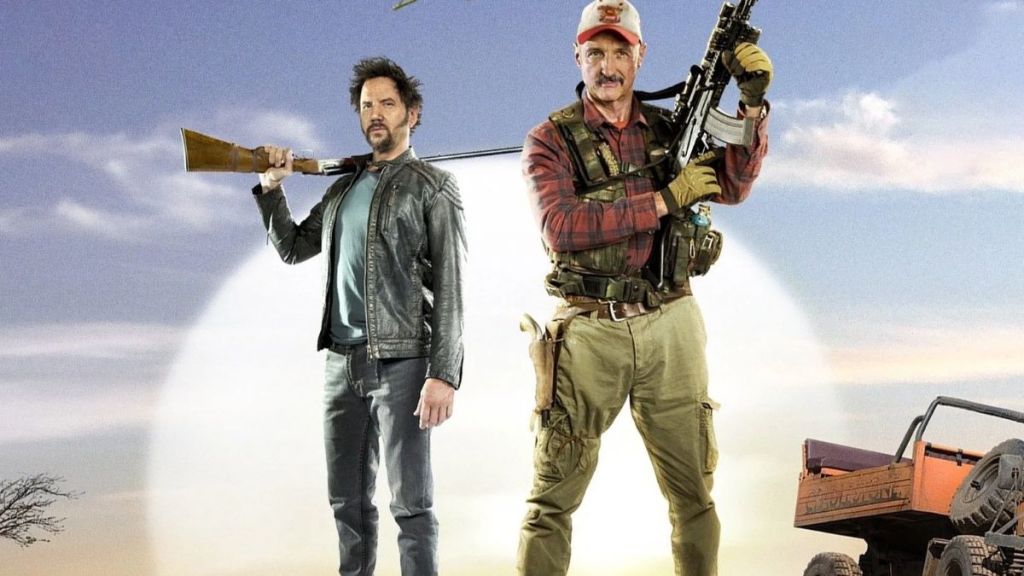
There are about five minutes of Tremors 5: Bloodlines that skew horror over comedy. Specifically the opening scene, and the scene midway through where Ass-Blasters attack a camp, with a kid as one of their targets.
The rest of the film is Jamie Kennedy, a performer many find insufferable, playing a character who is written to be insufferable, and a whole segment where Michael Gross is in a cage wearing only his tighty whities and talking to a lion about them both being alfas. Plus, this is the point where practical effects were discarded altogether, and low-budget CGI has a mighty hard time being frightening even when the script is good, which Bloodlines‘ is not.
6) Tremors: A Cold Day in Hell
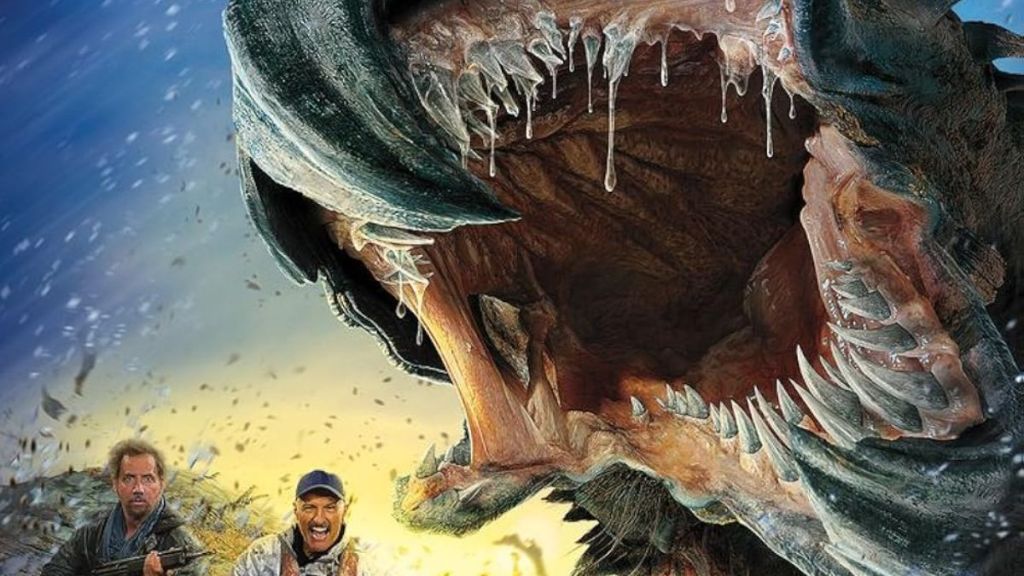
When it comes to scare factor, Tremors: A Cold Day in Hell suffers from the exact same problems as its immediate predecessor. Namely, the presence of the “comedic” Jamie Kennedy and the reliance on CGI.
However, there’s also a core plot about curing Burt of a disease (that he caught after being inside a Graboid back in the third film) that at least gives the film some extra stakes. Increased stakes are close enough to increased scariness, so A Cold Day in Hell gets the edge over Bloodlines.
5) Tremors 4: The Legend Begins
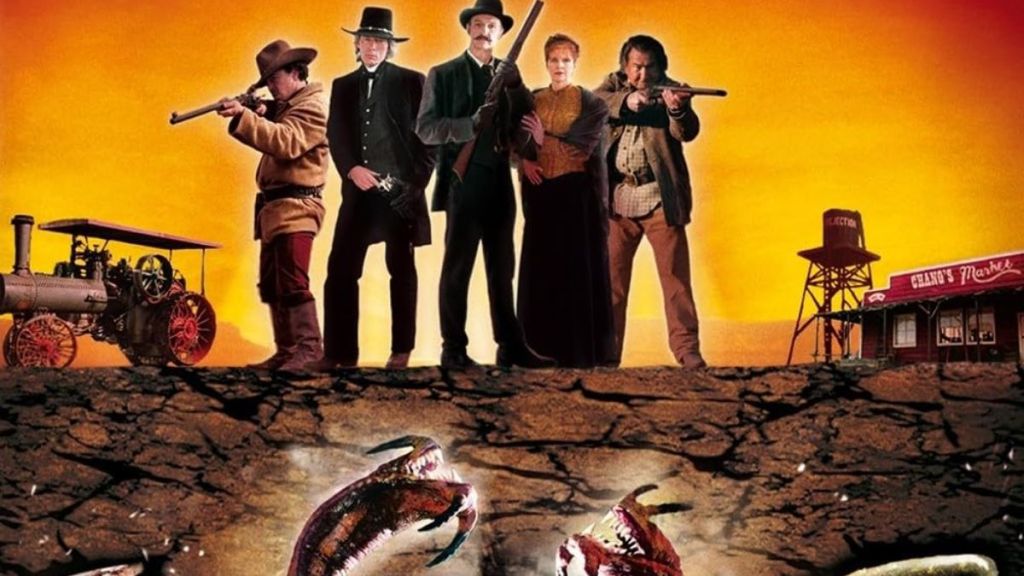
Tremors 4: The Legend Begins is nonsensical for several reasons. For one, if Graboids have been active for 100 years (it is set in 1889, the original Tremors is set in 1990), why are they such a mysterious new presence in the first film? Two, why does Burt Gummer’s great-grandfather look and sound exactly like him? It’s best not to overthink these things, perhaps, or think about them at all.
The Legend Begins has its charm, and it’s essentially the final film of the classic era, before it took an eleven-year break. However, it’s a massive missed opportunity of a movie. There’s potential frightful gold to mine in having a group of individuals with only six-shooters and pickaxes at their disposal go up against something as formidable as the Graboid, but the film never goes to the lengths of establishing a tense atmosphere as well as it could have. Even still, it’s nice to have the classic subterranean Graboid back as the star of the show (especially brought to life with practical effects like in the first two movies), and the classic subterranean Graboid is the scariest Graboid.
4) Tremors: Shrieker Island

Like how Jamie Kennedy’s presence deflated every scene of the two previous films of their intensity, so too does Napoleon Dynamite‘s Jon Heder in Tremors: Shrieker Island. Even still, this is a film that tries to be scary far more often than the previous three installments of the franchise.
It’s essentially a super low-budget version of Jurassic Park. And while that never quite works for the movie, it does benefit from the lack of Kennedy and the addition of Barbarian‘s Richard Brake, who brings an intimidating gravitas to all of his roles. Not to mention, they kill Burt Gummer off here, so it does have stakes.
3) Tremors 2: Aftershocks
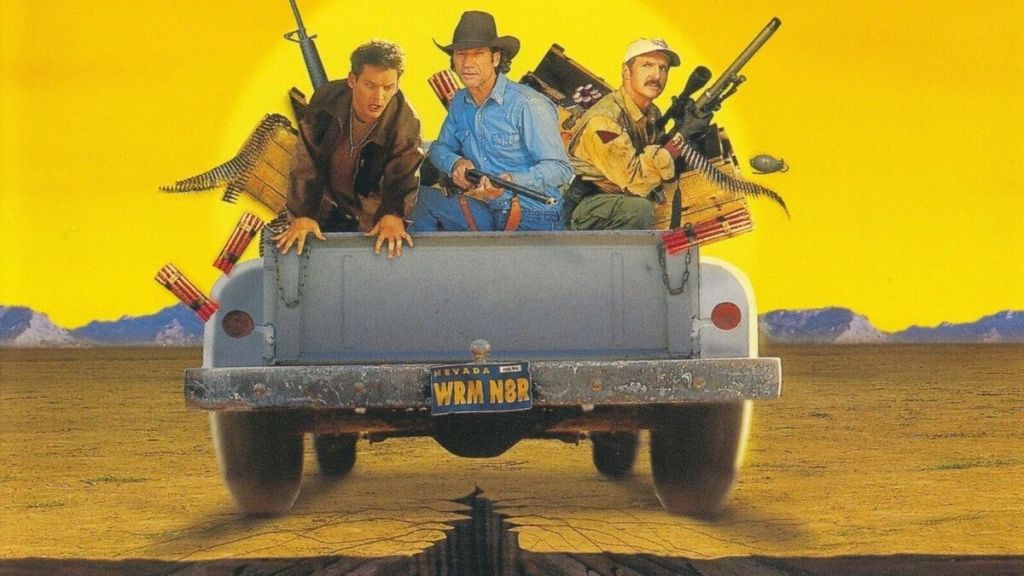
Tremors 2: Aftershocks is the second and final truly solid movie of the franchise, but it’s only the third scariest. This is mostly because the little walking Shrieker isn’t as frightening as the monster you can’t see.
The first half of Tremors 2 focuses on the Graboid, yet they don’t feel like the grave threat they were in the original film. We’re familiar with them, the returning Earl Bassett (the late Fred Ward) is familiar with them, and Burt is familiar with them. Plus, this time, the protagonists are equipped with as much weaponry as they want to take them on. In effect, there are only about 15 minutes of the movie that are as scary as anything in the first film. Specifically, from when Earl and his new partner, the irritating Grady Hoover, find the Graboid entering the next phase of its evolution to when the novelty of the Shrieker has worn off. Regardless, those 15 minutes were nearly enough to get it the second-place spot on this list.
2) Tremors 3: Back to Perfection
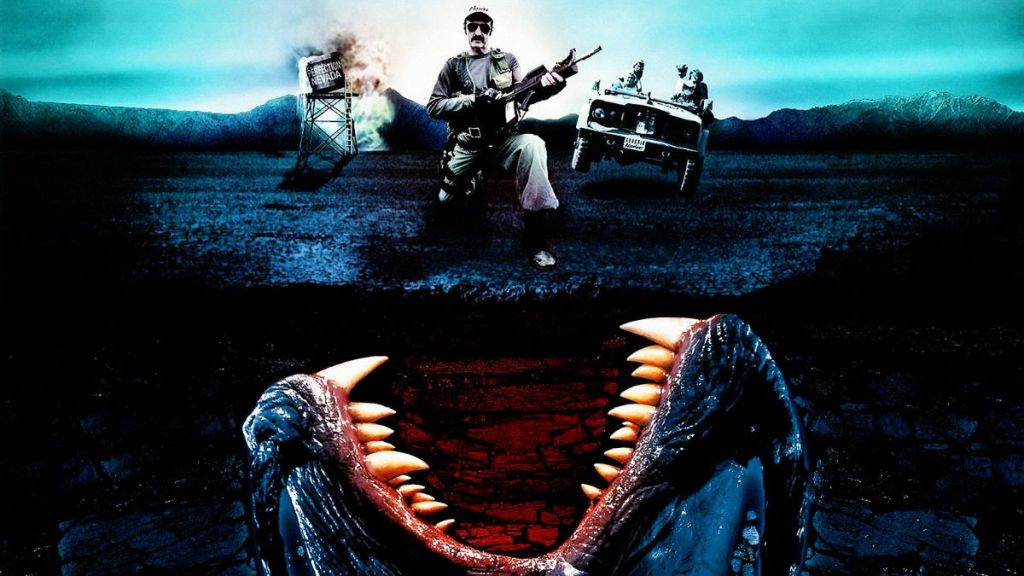
Even with the return of the original film’s Charlotte Stewart, Tony Genaro, Robert Jayne, and Ariana Richards (Jurassic Park), Tremors 3: Back to Perfection is very nearly the franchise’s first skippable installment. The writing and acting aren’t on par with the first two films and the franchise’s first usage of CGI has aged about as well as one might expect a low-budget 2001 monster movie’s CGI to.
Even still, it does at least attempt to be scary. What helps keep the movie from being skippable is the fact it introduces the “Ass-Blasters.” This is the final stage in the Graboid’s evolution after its initial worm form and walking Shrieker form. The Ass-Blaster is a double-edged sword when it comes to fright factor. For one, just as the Shrieker was less scary than the Graboid because of its smaller size, so too is the Ass-Blaster less scary than the Shrieker because it’s once again smaller. However, the Shrieker could get you on land, whereas the Graboid couldn’t if you were on the roof of a sturdy building. But the Shrieker would still have a difficult time getting up on that roof, whereas the flying Ass-Blaster could swoop down and get you.
In the end, Back to Perfection is the second scariest movie of the saga because its antagonists have more mobility and access to their victims (they also look pretty good when they’re brought to life via practical effects, which unfortunately is only about a quarter of the time). Plus, the aforementioned Tony Genaro’s Miguel dies, and it always hits harder when an OG character gets offed.
1) Tremors
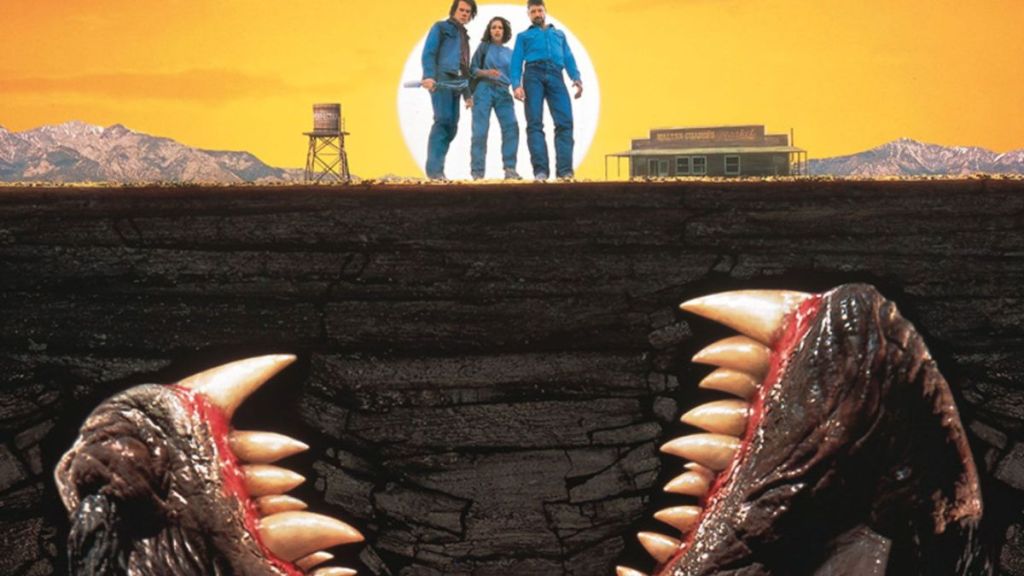
The original Tremors is both the best and the scariest movie of the franchise by a country mile. It’s a monster movie that really knows how to build towards actually revealing the monster. For instance, the scene where Earl and Val drive past Edgar, the town drunk who has seemingly gotten himself stuck up on an electrical tower. We follow Val up there and witness his horror at the sight of Edgar’s ashen, fully dehydrated face with a rifle in his hand. Something made him go up there, and we don’t know what.
Then there’s the death of the town doctor and his wife. We get a shot of one of the Graboid’s mouth tentacles when it gets hung up on Val and Earl’s truck, but then we get to see them in action. It’s a drawn-out sequence that benefits from creative touches like having their truck’s headlights shine up into the dark sky as the carnage takes place off-screen. It also displays one of Tremors‘ two most substantial assets: a scene starts off with small-town charm and relatable people who are then torn apart by something neither they nor the audience can even see. Thanks to the chemistry between Bacon and Ward (the film’s other substantial asset), Tremors functions quite well as a comedy, but it’s first and foremost a pretty scary monster movie, in a starter horror film kind of way.

